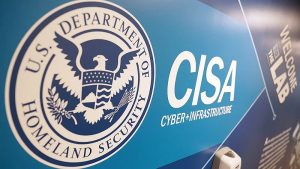The Biden-Harris administration unveiled its long-awaited National Cyber Workforce and Education Strategy (NCWES) today, securing commitments from 37 stakeholders – like the Cybersecurity and Infrastructure Security Agency (CISA) and the Department of Veterans Affairs (VA) – to increase the number of Americans in “good-paying, middle-class” cyber jobs.
The White House Office of Science and Technology Policy (OSTP) is requesting public input on how to improve the collection, use, and transparency of criminal justice data at the state, local, Tribal, and territorial level (SLTT).
The Government Accountability Office (GAO) said in a Nov. 16 report that Federal agencies need to up their ransomware assistance for state, local, Tribal, and territorial (SLTT) government organizations – including schools – by improving interagency collaboration, awareness, outreach, communication, and coordination with schools.
Federal officials urged state and local government and education leaders this week to focus on some of the Federal government’s top existing resources in the fight against ransomware attacks – including one principle that’s easy to say but harder to do – don’t meet ransom demands.
The Cybersecurity and Infrastructure Security Agency (CISA) has opened their annual, voluntary cybersecurity assessment for state, local, tribal, and territorial (SLTT) entities across the nation and aims to provide a broad picture of the current cybersecurity gaps and capabilities.
The House of Representatives passed the State and Local Government Cybersecurity Act on May 17, which would promote increased cybersecurity collaboration between the Department of Homeland Security (DHS) and state, local, tribal, and territorial governments (SLTT).







